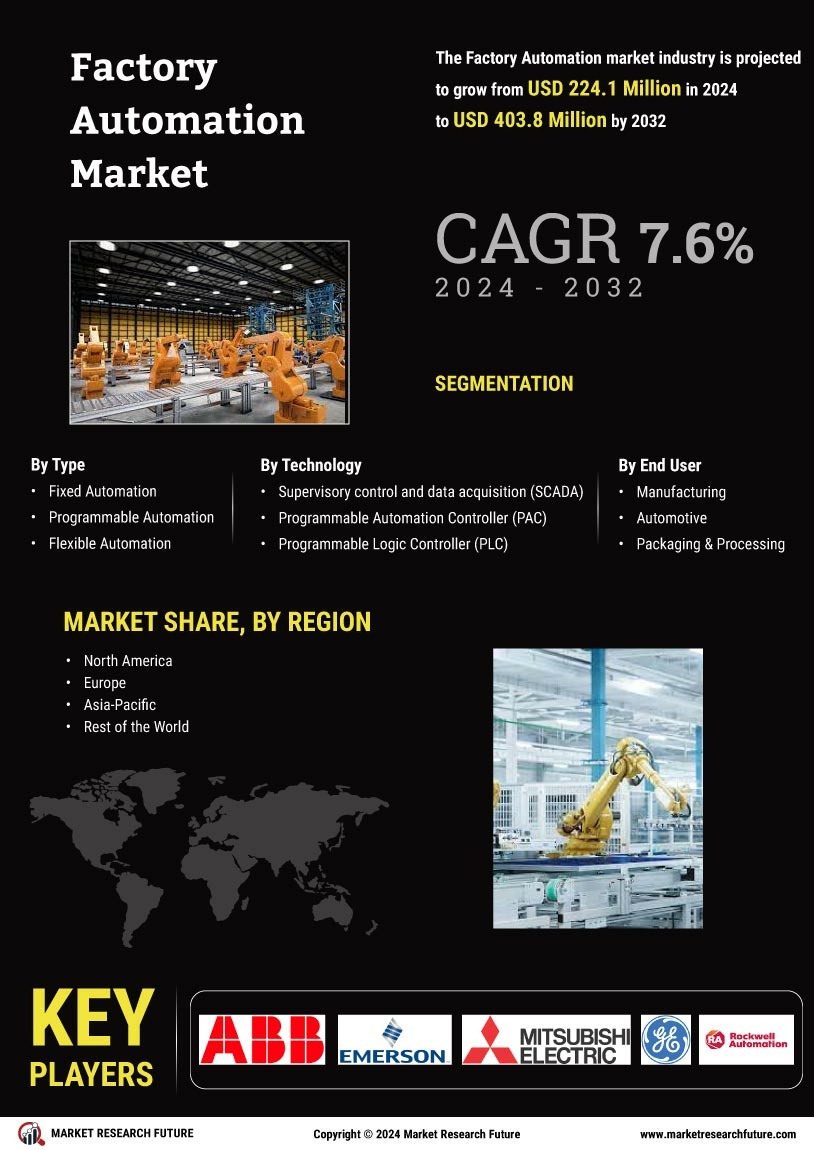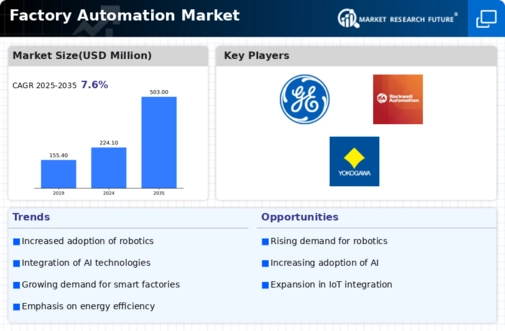Major market players are spending a lot of money on R&D to increase their product lines, which will help the Factory Automation market grow even more. Market participants are also taking various strategic initiatives to grow their worldwide footprint, with key market developments such as new product launches, contractual agreements, mergers and acquisitions, increased investments, and collaboration with other organizations. Competitors in the Factory Automation industry must offer cost-effective items to expand and survive in an increasingly competitive and rising market environment.
The major market players are investing a lot of money in R&D to expand their product lines, which will spur further market growth for Factory Automation. With significant market development like new product releases, contractual agreements, mergers and acquisitions, increased investments, and collaboration with other organizations, market participants are also undertaking various strategic activities to expand their presence. To grow and thrive in a market climate that is becoming more competitive and growing, competitors in the Factory Automation industry must offer affordable products.
Manufacturing locally to cut operating costs is one of the main business tactics manufacturers use in the Factory Automation industry to benefit customers and expand the market sector. The Factory Automation market has recently given medicine some of the most important advantages. Major hair care product market players, including ABB, Emerson Electric Co., Mitsubishi Electric Corporation, General Electric, Rockwell Automation, Inc., Omron Corporation, and others, are attempting to increase market demand by funding R&D initiatives.
the Mitsubishi Electric Group will contribute to the realization of a vibrant and sustainable society through continuous technological innovation and ceaseless creativity, as a leader in the manufacture and sales of electric and electronic equipment used in Energy and Electric Systems, Industrial Automation, Information and Communication Systems, Electronic Devices, and Home Appliances.
Also, Rockwell Automation is a pure-play automation competitor that is the successor entity to Rockwell International, which spun off its former Rockwell Collins avionics segment in 2001. As of fiscal 2021, the firm operates through three segments--intelligent devices, software and control, and lifecycle services. Intelligent devices contain its drives, sensors, and industrial components, software and control contain its information and network and security software, while lifecycle services contain its consulting and maintenance services as well as its Sensia JV with Schlumberger.
















Leave a Comment